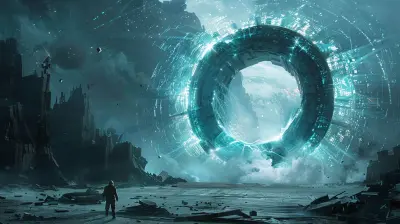World-Building Tips & Tricks for Crafting Your Ideal Sandbox Game Environment
5 April 2025
Let’s face it: building a sandbox game environment is no easy task. It’s like trying to create a living, breathing world where players can lose themselves for hours. Whether you’re making an indie game or working on a AAA title, crafting an engaging sandbox game environment is both an art and a science.
But don’t worry—I’ve got you covered. In this blog, we’ll break down some practical, tried-and-true world-building tips and tricks that’ll help you create that ideal sandbox game environment your players won't want to leave. Whether you’re a seasoned game dev or just dipping your toes into the sandbox waters, these tips will help you take your world-building game to the next level.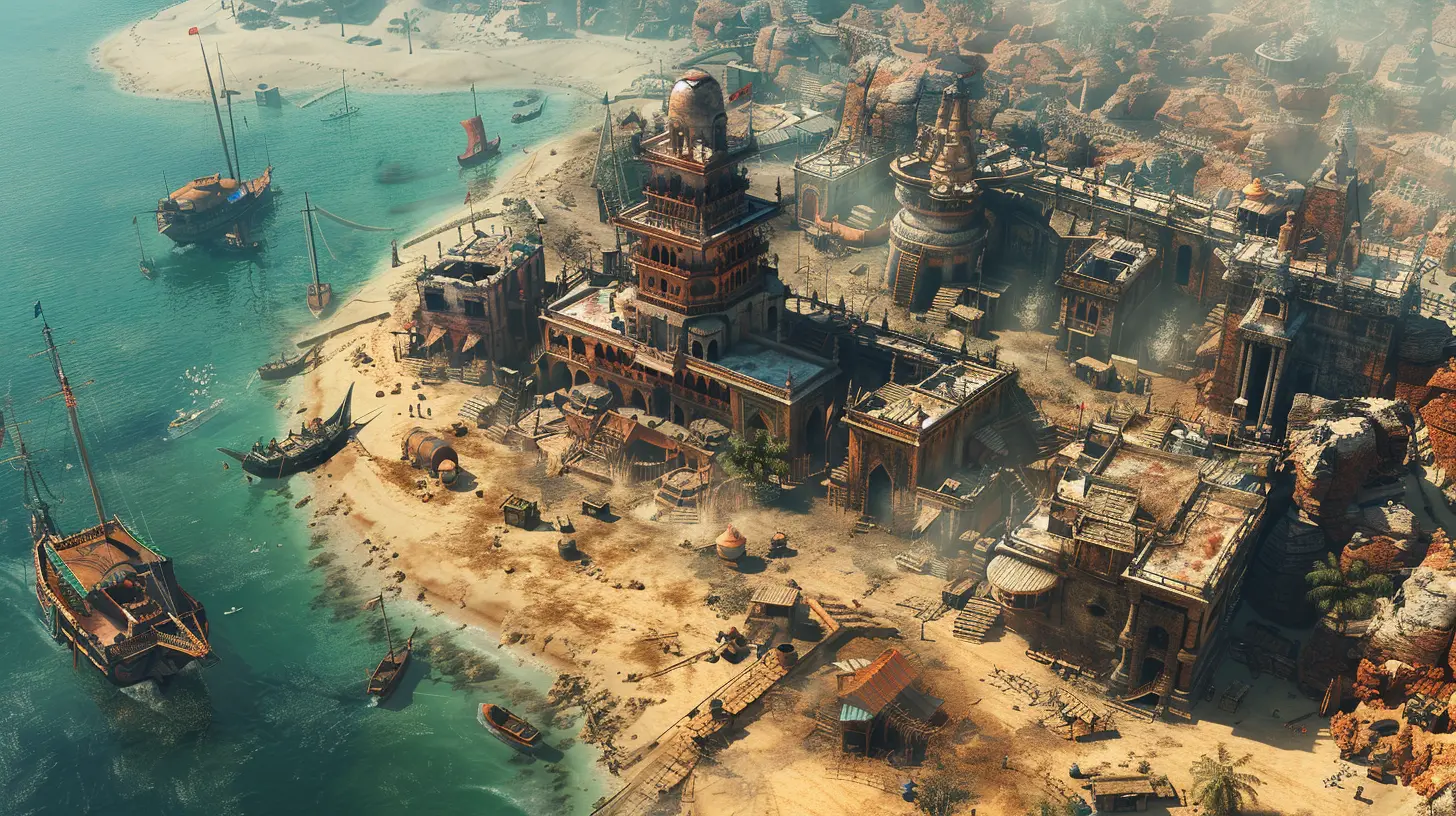
1. Start with a Solid Concept and Vision
Before you dive into world-building, ask yourself: what’s the vibe of your game? Is it a post-apocalyptic wasteland, a medieval fantasy land, or a futuristic space colony? Having a clear concept is your North Star—it’ll guide everything else, from the environment design to the game mechanics.Think about it like this: if your sandbox game’s world was a book, what would the blurb on the back say? What makes your world unique? A solid vision sets the tone and helps you steer clear of creating a generic, forgettable environment. Whether it’s a quirky sense of humor or a rich cultural backstory, make sure your world has a distinct personality.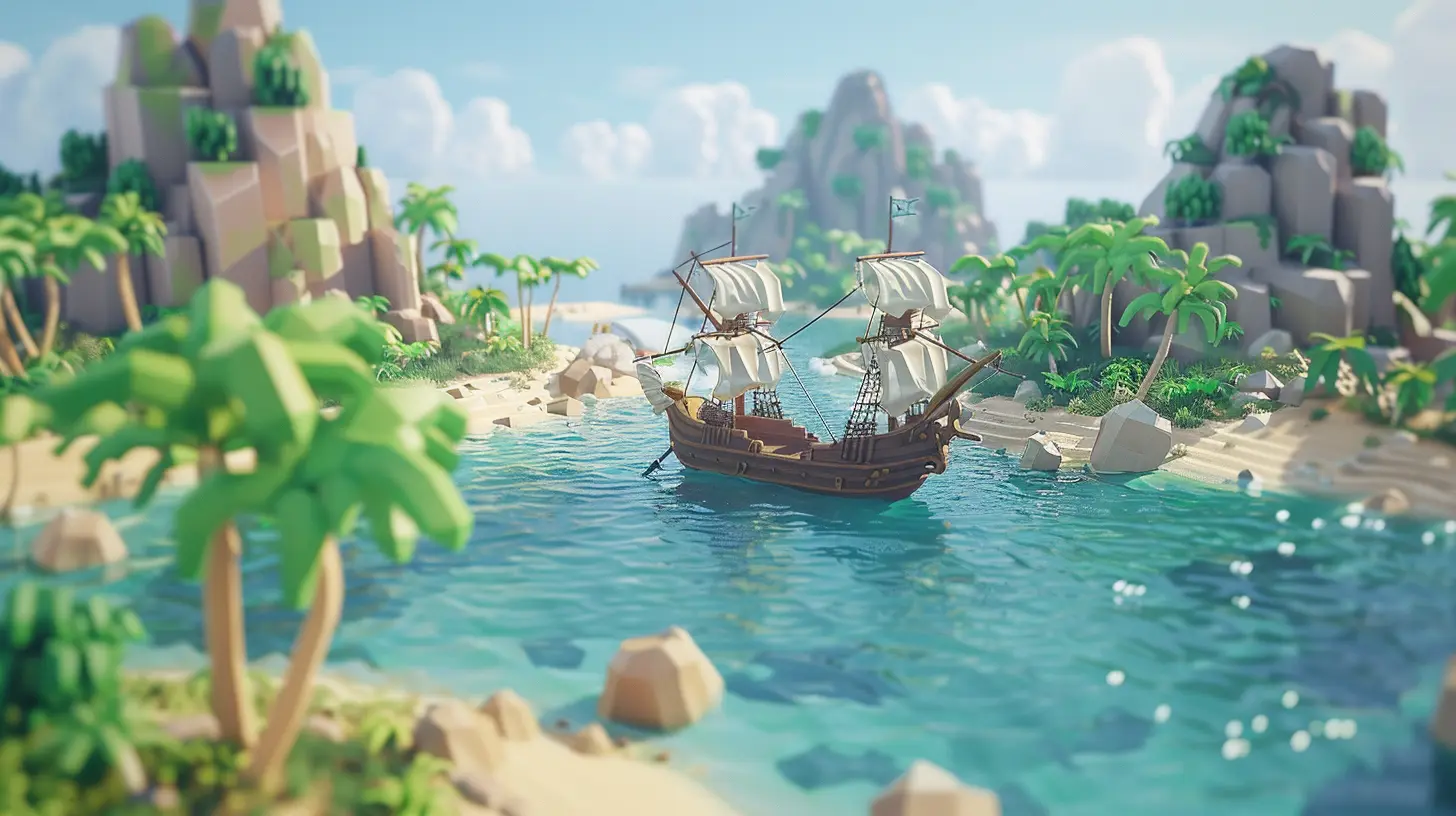
2. Design for Player Freedom
The hallmark of a great sandbox game is player freedom. Your world isn’t just a backdrop—it’s the playground where players can roam, experiment, and create their own fun. So, when designing your sandbox environment, always prioritize freedom.Here’s a pro tip: think of your world as a giant puzzle. Instead of holding the player’s hand, give them the tools to solve the puzzle in their own way. For example, in "The Legend of Zelda: Breath of the Wild," players can climb, glide, or just blow stuff up to solve problems. The point is, there’s no “right” way to play.
Ask yourself questions like:
- Can players interact with the environment in meaningful ways?
- Are there opportunities for emergent gameplay (gameplay that occurs organically from player interaction rather than being scripted)?
- Does the world feel alive and reactive to their actions?
If the answer to these is “yes,” you’re on the right track.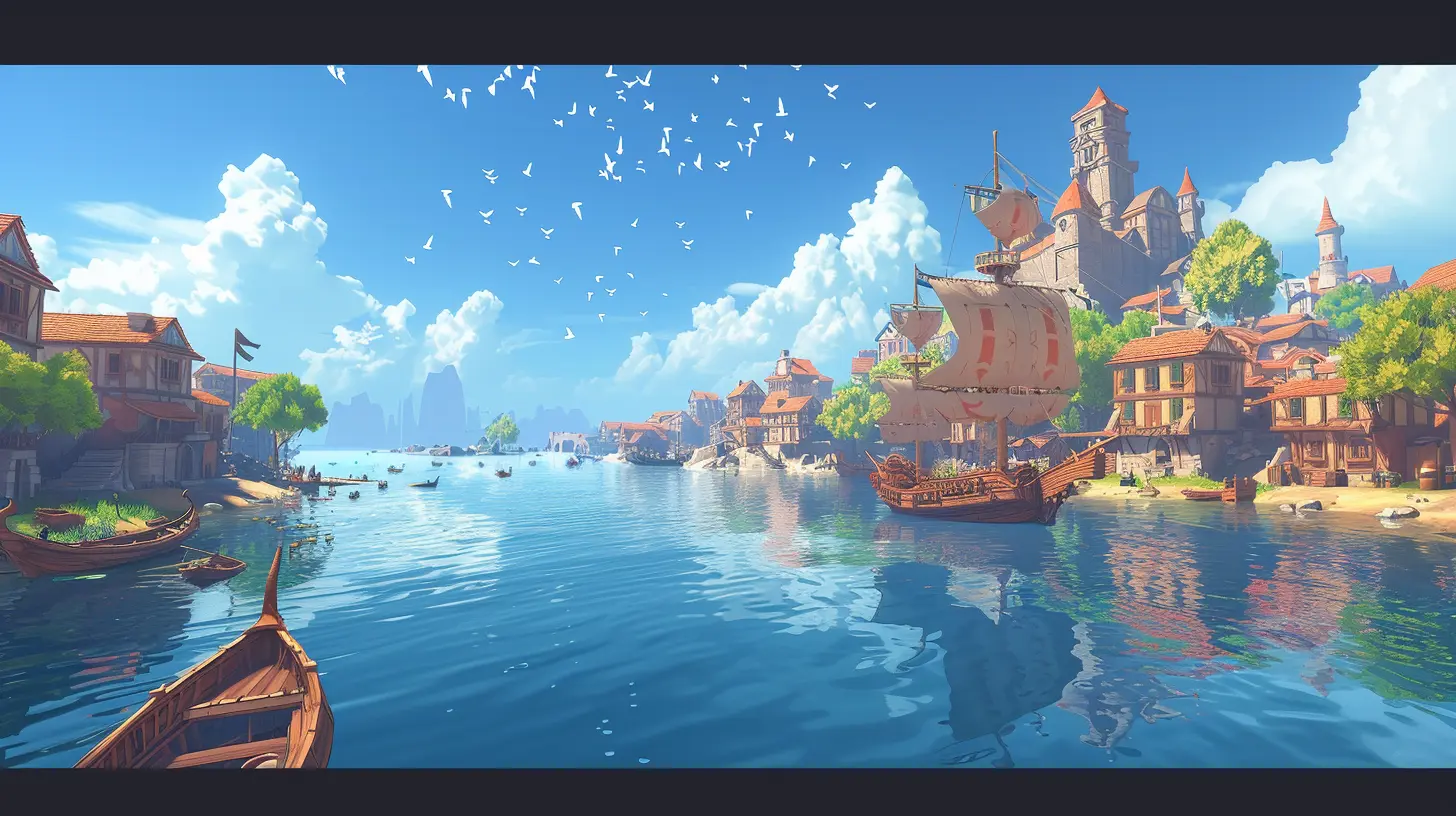
3. Think About World Size and Scale
When it comes to sandbox games, bigger doesn’t always mean better. A sprawling but empty map can feel soulless, like an abandoned mall. On the flip side, a small but densely packed world can feel alive and full of opportunities. Striking a balance between size and scale is key.Here are some tips on how to nail this:
- Avoid Dead Zones: Don’t create massive, lifeless areas with nothing to do. Even your quiet spots should feel intentional, like a serene forest or a lonely desert that adds to the world’s atmosphere.
- Divide and Conquer: Break your world into distinct regions or biomes (think icy mountains, sun-drenched beaches, and dense jungles). This not only makes it visually diverse but also encourages exploration.
- Leave Room for Secrets: Add hidden caves, secret passageways, or easter eggs that reward curious players. These little surprises make the world feel handcrafted and personal.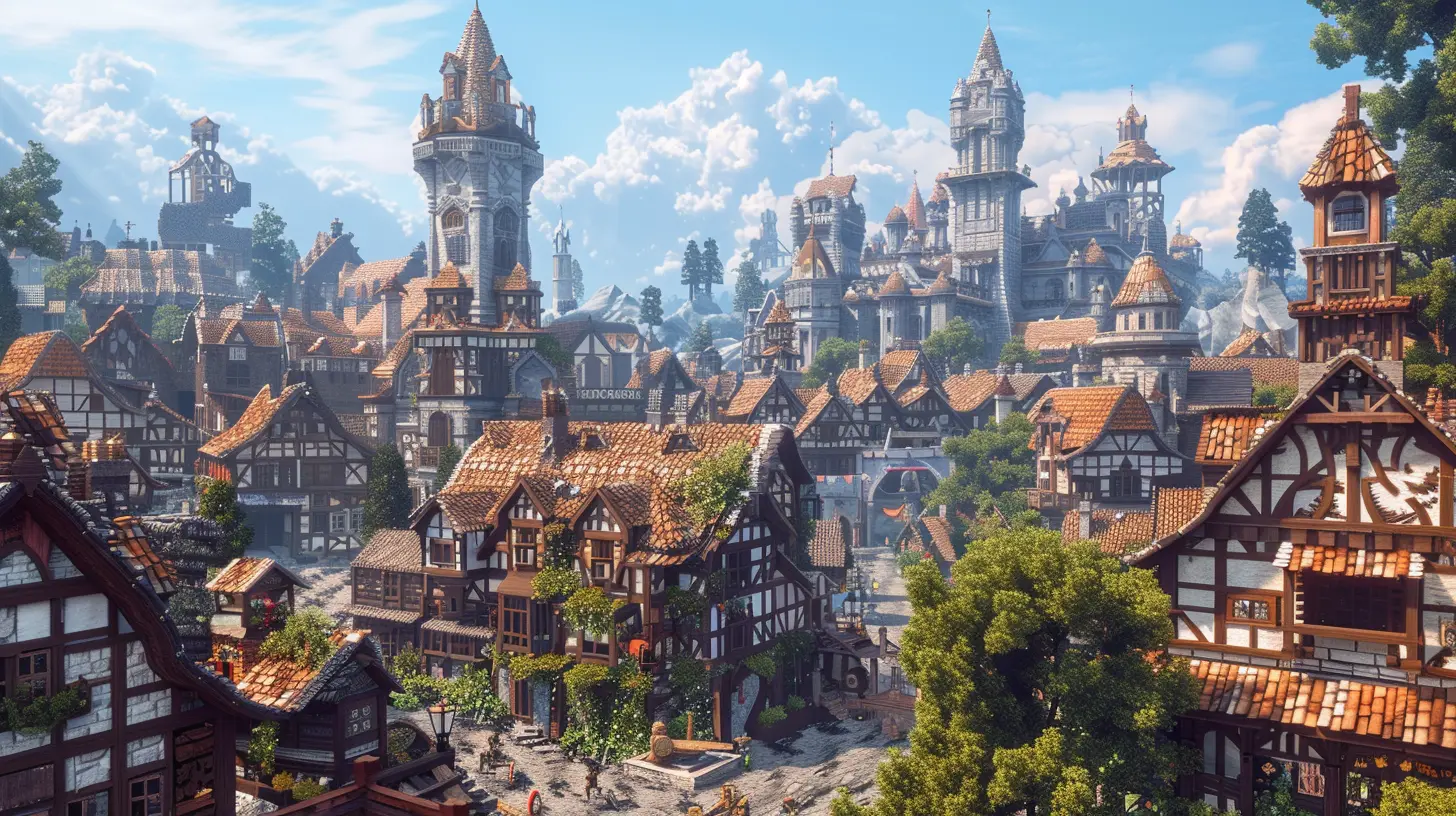
4. Build a Backstory (Even If Players Never See It All)
Every great sandbox world has history, even if it’s never fully revealed to the player. Think of your game world as an iceberg—players might only see the tip, but the massive chunk of lore underneath makes everything feel more cohesive and believable.Start small. Ask yourself:
- Who lives in this world?
- What are their values, beliefs, and struggles?
- Are there political or social conflicts brewing?
- What major events shaped the current state of your world?
Even if this information never makes it into the game directly, it’ll subconsciously inform your design choices—like the architecture, culture, and NPC behaviors. If you’ve ever wondered why the worlds in games like "The Witcher 3" and "Red Dead Redemption 2" feel so alive, it’s because their creators deeply understood the lore behind them.
5. Create Dynamic and Interactive Environments
Static worlds are boring—period. If your sandbox environment looks cool but doesn’t do anything, players will get bored faster than a loading screen. So, make your environment interactive and dynamic.Here’s what I mean:
- Weather and Time Cycles: Think day-night cycles or sudden rainstorms that affect gameplay (like slippery terrain or reduced visibility). A dynamic world feels alive and keeps players guessing.
- Destructibility and Interaction: Let players mess with the world! Whether it’s chopping down trees, destroying walls, or planting crops, player interaction makes the environment feel tangible and responsive.
- NPC Schedules and Behaviors: NPCs should feel like they have lives of their own. Let them follow schedules, react to player actions, and interact with each other. A bustling tavern or a village market teeming with life can add so much depth.
6. Make It Visually Memorable
Your sandbox game needs to stand out visually, and that doesn’t mean going hyper-realistic. Sometimes, a stylized or unique art direction works better than trying to mimic reality. Think about games like "Minecraft," "No Man’s Sky," or "Hollow Knight"—their visual worlds stick with players long after they’ve stopped playing.Here’s how to make your world visually memorable:
- Establish a Color Palette: Every region in your world should have a distinct look and feel. Use colors, lighting, and textures to create a visual identity—like lush green forests, eerie crimson caves, or glittering blue oceans.
- Use Landmarks: Add iconic landmarks like towering mountains, strange ruins, or glowing crystals. These not only create visual interest but also help players navigate your world.
- Play with Verticality: Don’t just think horizontally—add depth with cliffs, caves, and sky islands. A vertically designed world feels richer and more rewarding to explore.
7. Add Meaningful Side Stories and Lore
The best sandbox games let players stumble into stories. Sure, you’ll have your main questline, but side stories and bits of lore scattered around the world give your game a heartbeat. It’s like opening a treasure chest—you’re never sure what you’ll find, but it keeps you exploring.Here’s a quick idea: sprinkle notes, journals, or environmental storytelling throughout your world. Maybe players come across a ruined house where the furniture is flipped over, and a skeleton lies clutching a photo frame. That’s enough to spark their imagination without you spelling it out.
Even NPCs can carry meaningful stories. Instead of random filler dialogue, give them personalities and goals. Let them mention local myths, invite players to help solve a mystery, or even give them quirky traits (like a blacksmith who’s always humming tunes from a long-forgotten kingdom).
8. Test, Iterate, and Get Feedback
Here’s the hard truth: your sandbox game world won’t be perfect in the first draft. World-building is iterative. You need to test, tweak, and actively seek feedback from others to make it better.Let beta testers loose in your world and see how they interact with it. Are they getting lost? Do they understand where to go next? Are they even having fun? If something doesn’t work, don’t be afraid to go back and make changes. Games like "GTA V" didn’t get their open-world formula right on the first try—it was years of trial and error.
9. Balance Chaos and Structure
A sandbox world thrives on a balance between order and chaos. You want your world to feel unpredictable and wild, but not so chaotic that it overwhelms players. This balance can come from how you structure your quests, events, and points of interest.For example:
- Random Events: Include seemingly unplanned moments like a wandering merchant, a surprise ambush, or an NPC in distress. These keep players on their toes.
- Guiding Structure: While freedom is key, a little structure goes a long way. Whether it’s subtle signposting or strategic placement of landmarks, gently guide players without shoving them down a linear path.
10. Leave Room for Player Creativity
In sandbox games, players love leaving their mark on the world. Give them opportunities to be creative, whether it’s building their own shelters, personalizing gear, or shaping the terrain.A great example is "Minecraft," where the world is a blank canvas, and players are the artists. Even if your game isn’t as open-ended, small creative touches go a long way. Maybe players can customize a ranch in a farming game or leave graffiti in an urban sandbox.
Final Thoughts
World-building for a sandbox game isn’t just about making a pretty map. It’s about creating a space where players feel empowered, curious, and fully immersed. Every rock, tree, and NPC should feel like it belongs, and every action a player takes should make the world respond in some way.At the end of the day, remember this: your sandbox game environment is only as good as the stories it allows players to tell. Design with that in mind, and you won’t go wrong.
all images in this post were generated using AI tools
Category:
Sandbox GamesAuthor:

Pascal Jennings
Discussion
rate this article
4 comments
Emmeline Wright
Building a sandbox? Just remember: no one likes a sandbox where the only thing to build is frustration!
April 23, 2025 at 2:27 AM

Pascal Jennings
Great point! Balancing challenges and creativity is key to a rewarding sandbox experience. Thanks for the reminder!
Calaris McAuley
Great insights for immersive sandbox game creation!
April 15, 2025 at 2:28 PM

Pascal Jennings
Thank you! I'm glad you found the insights helpful for your game creation journey!
Uzi Benson
This article provides insightful strategies for effective world-building in sandbox games. The tips are practical and can greatly enhance player immersion and creativity. Well done!
April 9, 2025 at 3:41 AM

Pascal Jennings
Thank you for your kind words! I'm glad you found the strategies helpful for enhancing immersion and creativity in sandbox games. Happy building!
Kenna Potter
What a fantastic article! Your tips on world-building provide invaluable insights for aspiring game developers. I can't wait to implement these ideas into my own sandbox game. Thank you for sharing your expertise and creativity with us!
April 5, 2025 at 2:45 PM

Pascal Jennings
Thank you so much for your kind words! I'm thrilled to hear you found the tips helpful for your sandbox game. Best of luck with your project!
